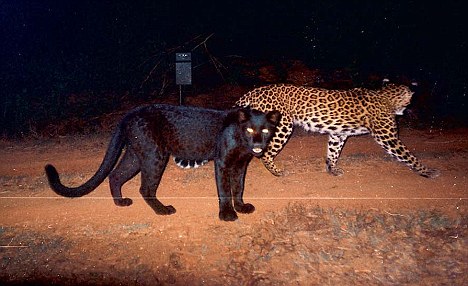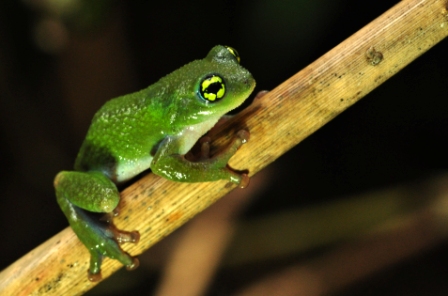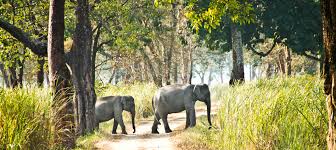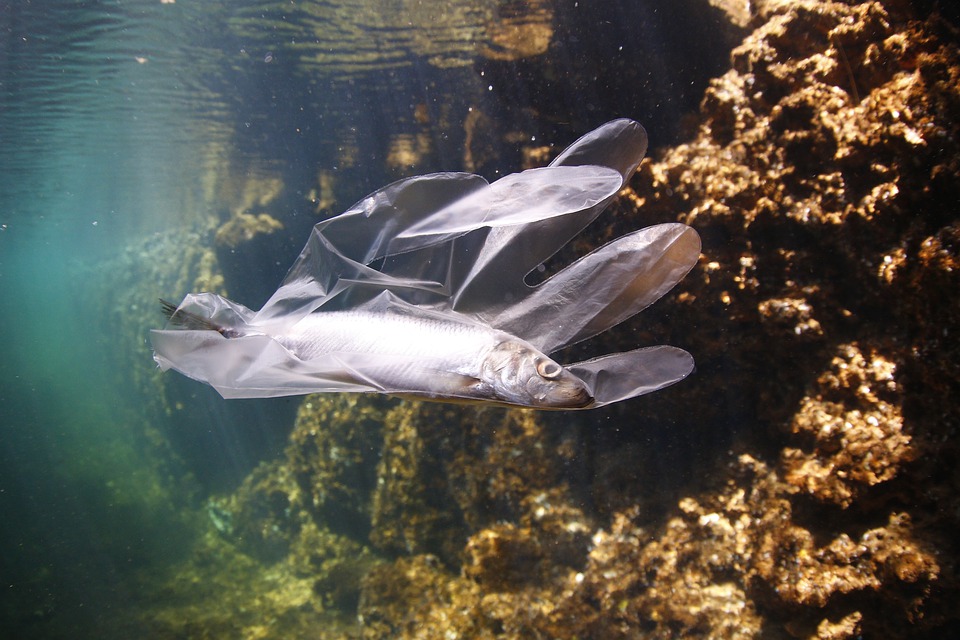India is one of the richest countries in the world when it comes to floral and faunal diversity. The Himalayas, Western Ghats, the Eastern Ghats, and the Andaman and Nicobar Islands are teeming with species that you have never seen or heard of.
It may possibly take a lifetime to see even a small portion of this biodiversity, but if you are a scientist, the fascination takes an altogether different angle when combined with the wish to discover a new species.
Needless to say, India’s biodiversity does not disappoint. In 2018, 596 new species of plants and animals were discovered and while the official count for 2019 is still not out, we can undoubtedly say the numbers will be nothing less magnificent.
From a tiny subterranean fish that looks like a ‘bhujia’ (Indian snack) to a spider named after Sachin Tendulkar and a frog discovered for the first time from Jharkhand, Indian researchers have traversed the length and breadth – and even the depth – of the country this year to find frogs, snakes, orchids, and beetles that represent the natural jewels of India.
India’s Endangered looks back at 32 such species discoveries of 2019. The order of the slides is from the oldest to the latest discovery as published in leading newspapers and journals from January till December 2019. Scroll the slide show below to bid a cheery adieu to the year that revealed so many more fantastic creatures and so many more reasons to save the natural wonders of India.

Two New Species of Moss Rose
Name: Portulaca badamiana and Portulaca lakshminarasimhaniana
Location: Badami Hills, Karnataka
The two new species of Moss Rose were discovered in the same location in Badami Hills, Karnataka by Shrirang Yadav, Professor of Botany, Shivaji Univeristy, Kolhapur.
India has six species of Portulaca previously described. The new species thrive in sandy soil in rocky areas and grow for 2-3 months only during monsoons.
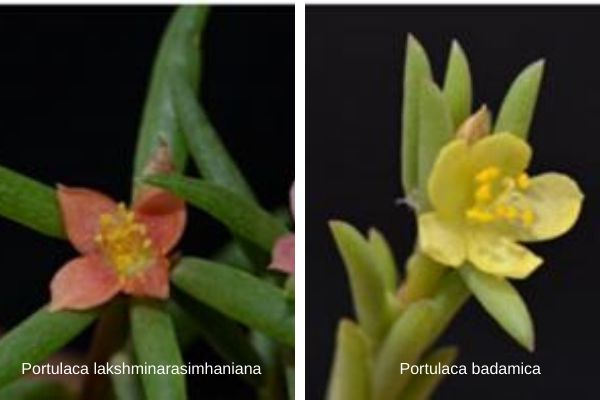
Small Woodbrown Butterfly
Name: Lethe nicetella
Location: Bakhim, Khanchendzonga National Park, Sikkim
After 120 years, researchers from Sikkim University in Gangtok rediscovered the small woodbrown in Khanchendzonga National Park. It was first seen in Sikkin in 1887 but its location was unknown.
The butterfly has brown wings with white round spots and is the smallest member of the family with 50 mm long wings.
Of the 41 species of Lethe in India, 32 are from Sikkim alone.
Mysticellus franki frog
Name: Mysticellus franki
Location: Roadside puddle, Wayanad, Kerala
This frog represents an entirely new genus and was discovered surprisingly in a roadside puddle in the Western Ghats by Sonali Garg, a doctorate student of reknowned amphibian expert S D Biju.
The new group of Indian frogs has been named 'Mysticellus' meaning mysterious and diminutive. The frog appears for less than 4 days for breeding activities and lives a secretive lifestyle rest of the year.
Convex-vented horned toad
Name: Megophrys pachyproctus
Location: Tale Valley Wildlife Sanctuary, Arunachal Pradesh
The medium-sized frog, belonging to the horned toad group, was found from Pange in Tale valley by Dr Bikramjit Sinha and
Bhaskar Saikia of the ZSI. The frog was discovered in China in 1981, and since then has not been spotted anywhere, until this discovery.
Crying Keelback
Name: Hebius lacrima
Location: Arunachal Pradesh
The crying Keelback is called so because of the visible mark under its eyes that seems as if it is crying. The snake was first discovered in a rice field along a hill slope.
The Northeast has around 110 species of snakes with the state of Arunachal Pradesh accounting for 55 species.
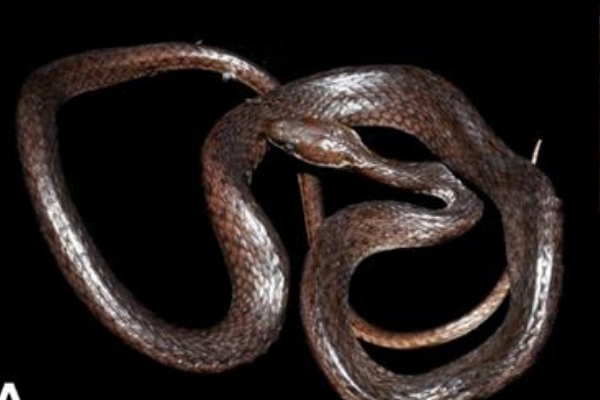
Cocalus lacinia
Name: Cocalus lacinia
Location: Wayanad wildlife santuary, Kerala
The new spider species was discovered in the Kurichiad forest range of the Wayand sanctuary. The spider hides in teak crevices during the day and hunts small insects during night. It is taxonomically related to spiders from Australia, supporting the theory that the present continents were formed after splitting of the super-continent Pangaea.
Starry dwarf frog
Name: Astrobatrachus kurichiyana
Location: Wayanad, Kerala
This orange-bellied frog with a brown back, covered in tiny spots that resemble a starry sky, was discovered in Western Ghats mountain range in Kerala's Wayanad district.
The frog has been named after the hills where it was found.
The dwarf frog is only 2 cm long and is the only member of an ancient lineage.
Caridina Kutchi
Name: Caridina Kutchi
Location: Kutch, Gujarat
The new freshwater shrimp was discovered in Khari river, in Kutch Gujarat by Pranav Pandya and team.
The species serves as an ecological filter of water bodies and is the first of the genus to be found in Kutch.
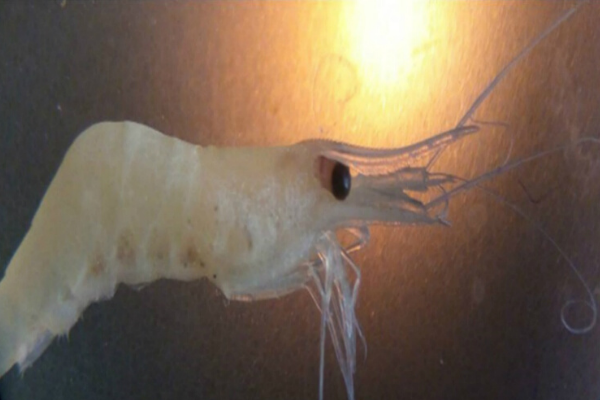
Laccaria violaceotincta
Name: Laccaria violaceotincta
Location: Mystica swamps, Kerala
The mushrooms were discovered by Professor P. Manimohan’s Ph.D. students K. P. Deepna Latha and K. N. Anil Raj who were scouring the freshwater Myristica swamps of Kulathupuzha in Kerala’s Kollam district.
Myristica swamps are an ancient ecosystem dominated by evergreen trees of the Myristica genus.
The name has been given to recognise the violet tint on the gills of the mushroom.
Sindhudurg Marsh Dart
Name: Ceriagrion chromothorax
Location: Vimaleshwar, Sindhudurg dist., Maharashtra
The particular damselfly is the first discovered from the genus in about 100 years. The other 10 species were all described by British discoverers.
The damselfly is brightly coloured, known from only two locations in agricultural landscape and is endemic to the Western Ghats.
Arunachal Pit Viper
Name: Trimeresurus arunachalensis
Location: West Kameng, Arunachal Pradesh
The team of herpetologists found only one mail pit viper while surveying the Eaglnest region of Arunachal Pradesh.
With the discovery of this new species, India now has five pit viper species, Moreover, it also makes Arunachal Pradesh the only state to have a pit viper named after it.
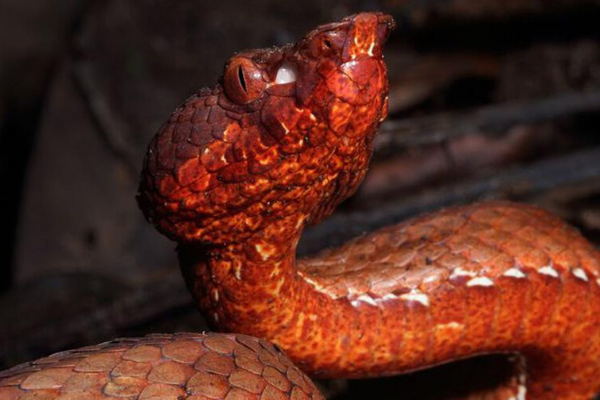
Mizo Rain Snake
Name: Smithophis Atemporalis
Location: Mizoram
The species is a non-venomous kind and strictly aquatic. The maximum recorded size of the new species is about 655 mm or 2.5 feet.
It lacks temporal scales (specific enlarged scales in the temporal region of the head). This character is extremely rare in snakes of this family, hence its name Smithophis Atemporalis or the Mizo rain snake.
The discovery has not only revealed a new reptile species but also a whole new genus after a gap of 150 years.
Kerala Snakehead Fish
Name: Aenigmachanna gollum
Location:Oorakam, Kerala
If something good happened after the devastating floods of Kerala, it is the discovery of this unusual fish that lives underground in aquafiers, and washed to the paddy fields only after the floods.
The name gollum is in honour of Lord of the Rings character.
Globally, there are around 250 species of fish that are known to live underground.
These tend to have a suite of adaptations to living in the pitch darkness of caves and aquifers, such as a lack of pigment in their skin making them ghostly white, reduced or absent eyes, and the improvement of non-optical senses such as pressure sensing – or lateral-line - systems and taste organs.
Laudankia Vine Snake
Name: Ahaetulla laudankia
Location:Simplipal biosphere reserve, Odisha
The last time a vine snake was described was in 1906. This particular one was also not easy to describe as a new species as it looked similar to the other commonly known green vine snake. Molecular analysis helped scientist figure out its uniqueness.
There are reports that the snake is probably also present in other parts of the country.
Laudanka is a common name given to vine snakes in Odisha, hence the chosen scientific name.
Impressed Tortoise
Name: Manouria impressa
Location:Yazali, Arunachal Pradesh
This tortoise primarily is found in the Indo-Myanmar biodiversity hotspot. This is the first record of the tortoise in India, found by chance by a research team.
This raises the number of tortoise and turtles in India to 29 species.
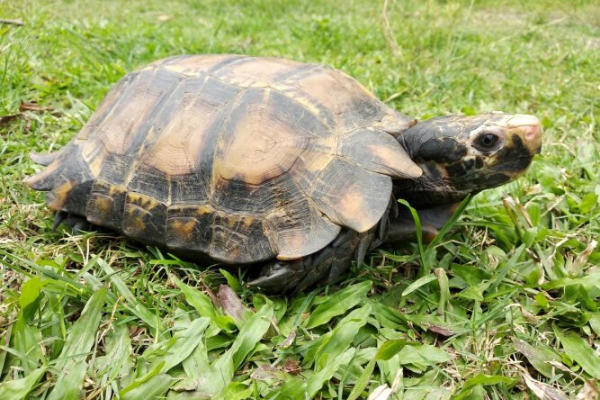
Paddy Frog
Name: Micryletta aishani
Location:Cachar, Assam
The first observation of this paddy frog was made in Assam, but later it was also found in Tripura and Meghalaya.
It is said to be the fifth member of the narrow-mouthed paddy frog genus Micryletta, more commonly found in East Asia. The name aishani means 'northeast' in Sanskrit.
Dung Beetle
Name: Enoplotrupes tawangensisi
Location:Tawang, Arunachal Pradesh
The shinning dark blue insect was first examined by two scientist from the Zoological Survey of India (ZSI) -- Kailash Chandra and Devanshu Gupta. It is a 27-mm-long insect, relatively bigger than most dung beetles.
Dung beetles feed exclusively or partially on dung which they bury or consume and help improve soil structure and nutrient.
Vinchu Scorpion
Name: Hottentotta Vinchu
Location:Amboli, Maharashtra
The scorpion was first seen in 2008 by Zeeshan Mirza, a biologist who studied it in 2010 after he and a collegue again spotted the same species in Amboli.
After DNA analysis the scorpion was confirmed as a species new to science this year. The name vinchu is in honor of the local Marathi language in which vinchu means scorpion.
Karaavali Pipewort
Name: Eriocaulon karaavalense
Location:Western Ghats, Karnataka
There are 471 species of pipeworts around the world out of which one fourth are found in India. In general these tiny plants look very similar and are difficult to distinguish.
The new species was studied carefully and described new to science based on ribbon-like bands or appendages on the surface of the seeds and a gland -like structure on the petals.
Giri's brookish gecko
Name: Hemidactylus varadgirii
Location:Amboli, Maharashtra
The gecko is commonly seen in Amboli but was never studied in detail until now. The team that finally took time to analyze and recognise it as a new species included R Chaitanya, Ishan Agarwal, Aparna Lajmi and Akshay Khandekar.
The gecko has been given the name varadgiri in honour of noted researcher Dr. Varad Giri in recognition of his contribution in conserving Amboli.
Five New Fish Species
Location:Arunachal Pradesh
1. Mystus Prabini: The fish species was discovered in Sinkin and the Dibang rivers in Lower Dibang Valley district.
2. Exostoma Kottelati: The species was discovered in the Ranga River in Lower Subansiri district.
3. Creteuchiloglanis Tawangensis: The species was discovered in the Tawangchu river in Tawang district of the Arunachal Pradesh.
4. Garra Ranganensis: The species was discovered in the Ranga River.
5. Physoschistura Harkishorei: The species was discovered in the Dibang and the Lohit rivers in Lower Dibang Valley district.
Melitta indica bee
Name: Melitta indicai
Location:Valley of Flowers, Uttarakhand
Melitta indica is the fourth species reported from India belonging to the genus Melitta. Bees of this genus are distributed across Jammu and Kashmir, Sikkim, parts of Himachal Pradesh and Uttarakhand. So far, about 50 species of Melitta genus have been reported from all over the world.
Andaman Moray Eel
Name: Gymnothorax andamanensis
Location:South Andaman Sea
This short brown moray eel was found at a depth of 2 metres by Indian researchers of the Zoological Survey of India.
Officer-in-Charge of Gopalpur-based Estuarine Biology Regional Centre (EBRC) Anil Mohapatra said the new species is different compared to 10 short brown unpatterned moray eels found in the world and two from India.
Microhyla Eos frog
Name: Microhyla Eos
Location:Namdapha wildlife sanctuary, Arunachal Pradesh
This new species has been named after the Greek Goddess Eos. It was found in a single locality in Rani jheel in the Namdapha tiger reserve.
Microhyla Eos strikingly differs from other narrow-mouthed chorus frogs by characters such as its size, body shape, colouration and markings, foot-webbing and digit tip morphology. On further study the researchers found its closest relative in South east Asia rather than in India.
Thackeray's Cat Snake
Name: Boiga thackerayi
Location:Sahyadri Tiger Reserve, Maharashtra
The discovery is the first since 1894, when a species from the genus was found in the Western Ghats.
Currently spotted only at a few localities around the Sahyadri Tiger Reserve and near Koyna in Satara district, the snake has been named after Tejas Thackeray for his contribution towards various research studies and discoveries of freshwater crabs across India.
Two Species of Ginger
Name: Zingiber dimapurense Zingiber perenense
Location:Peren and Dimapur, Nagaland
Both the new species were discovered in Nagaland few kilometres from each other during a Botanical Survey of India field study.
Of the two species, Zingiber dimapurense is taller, with leafy shoots measuring 90-120 cm high, whereas the leafy shoots of Zingiber perenense reach up to 70 cm.
Magadha Burrowing Frog
Name: Sphaerotheca magadha
Location:Chota Nagpur plateau, Jharkhand
The species is special because it was discovered from less studied areas of Jharakhand and Bihar. The frog has been named after the ancient name of the state of Bihar. In fact, it is said to be the first frog species described from the area.
Vishal Kumar Prasad, the lead author and a researcher first noted it when he heard the sound of the frog and thought it to be different from any other he had heard before.
Six New Species of Lizards
Name: Dravidogecko septentrionalis, D. janakiae (in honour of Dr. Janaki Ammal, a botanist from Kerala), D. tholpalli, D. meghamalaiensis, D. douglasadamsi (in honour of British author and satirist, Douglas Noel Adams) and D. smithi
Location:Western Ghats
Until recently, only one species (Dravidogecko anamallensis that was described in 1875 by German-born British Zoologist Albert Günther) was recognized under this genus, which was perceived to be widespread across the Western Ghats.
A team of scientists started fieldwork and sampling across the Western Ghats which revealed that there were not one but at least six new species hiding in plain sight, under the same name.
Bhujia Eel Loach
Name: Pangio bhujia
Location:Laterite area, Kerala
It has been named after a popular Indian snack 'bhujia' because it is just 25 mm and it is the the first subterranean species of eel loaches that has surfaced from Kerala’s laterite areas.
Its discovery was triggered by a social media post thanks to a resident of Cherinjal village in Kozhikode, Kerala who first spotted the eel-like fish. With almost no eyes, very little pigment and the complete absence of its dorsal fin, the 25 mm fish is only the second miniature species in the genus and is now the 10th subterranean species from Kerala’s laterite areas.
Nilagiri Spider
Name: Idiops nilagiri
Location:Nilagiri, Odisha
The new trapdoor species was collected on a road-side cut in a deciduous forest near Nilagiri town during field surveys.
Females of trapdoor spiders live in tubular burrow with their walls lined by silk and have a cork-shape lid at the entrance that they use as a door.
Males are smaller in size, wandering and occasionally live in burrow particularly in breeding season.
They are nocturnal and open their door to catch prey only during evening hours and hence, are difficult to locate them during day time.
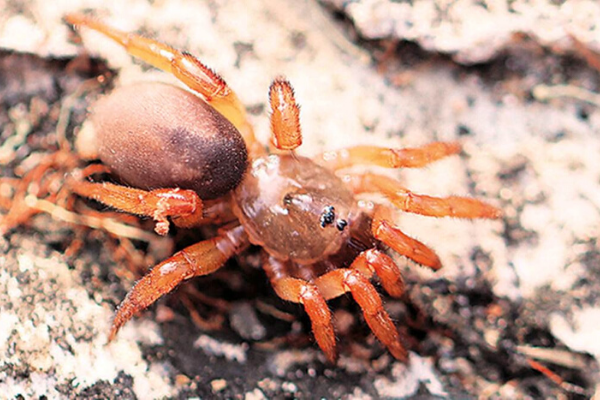
Asian Jumping Spider
Name: Marengo sachintendulkar
Location:Gujarat
In one of the most bizarre naming of a new species, the disocverer named the a new Asian jumping spider after his favourite cricketer - Sachin Tendulkar.
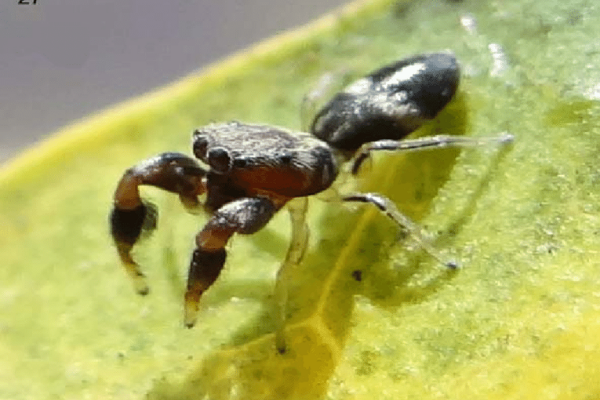
Schistura syngkai fish
Name: Schistura syngkai
Location:West Khasi Hills, Meghalaya
Twahdidoh stream, a tributary of Wahblei river, by a team led by Khlur Mukhim.
The fish have golden brown bodies with blackish stripes.
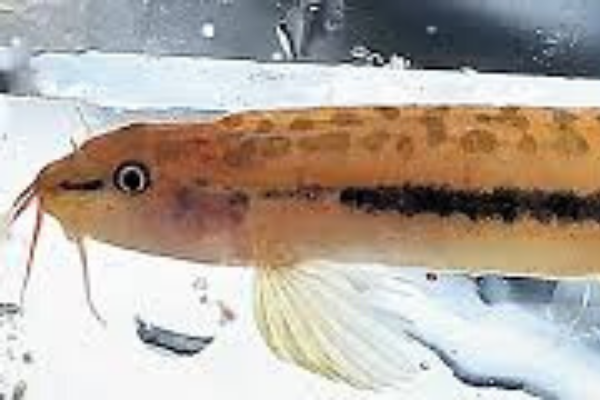


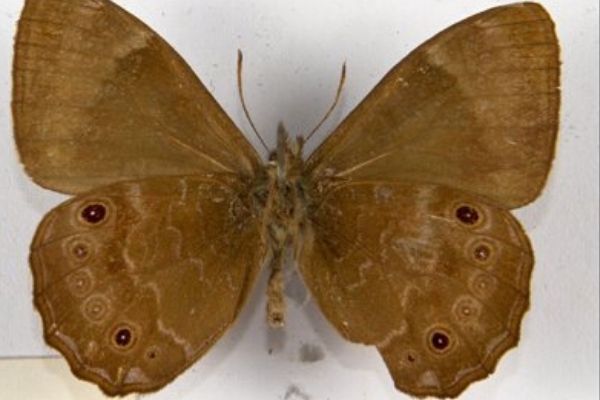
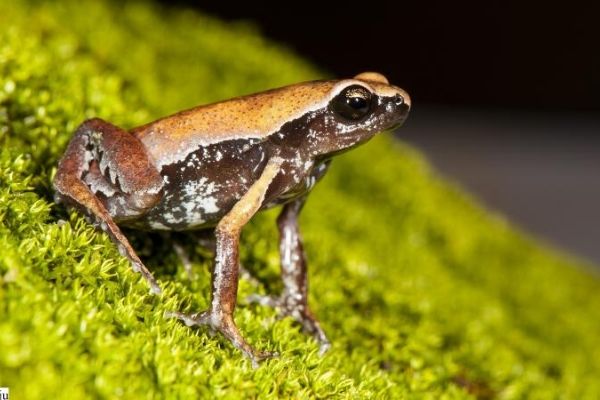
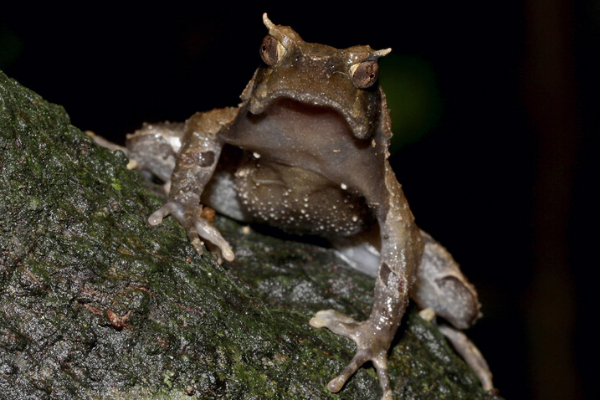

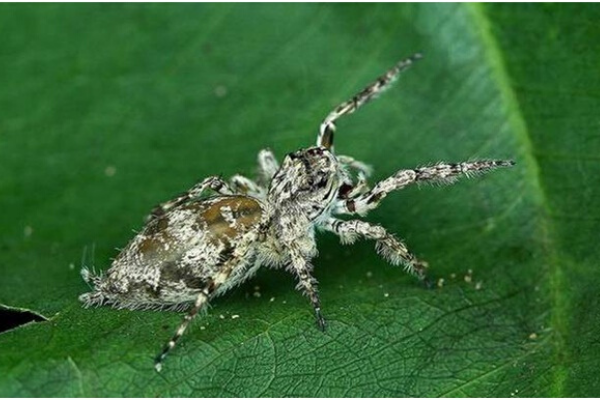
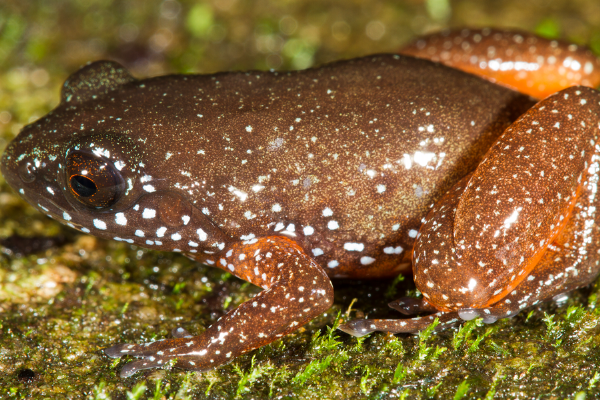




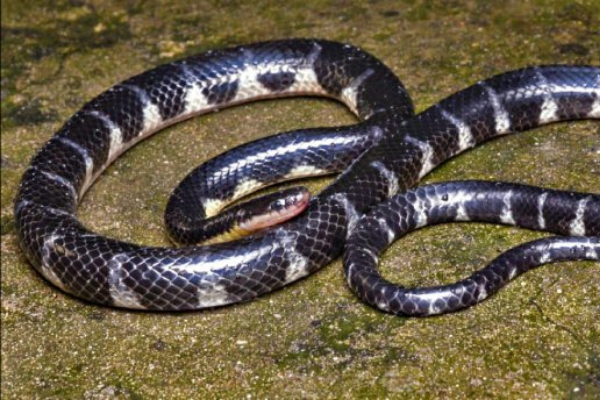
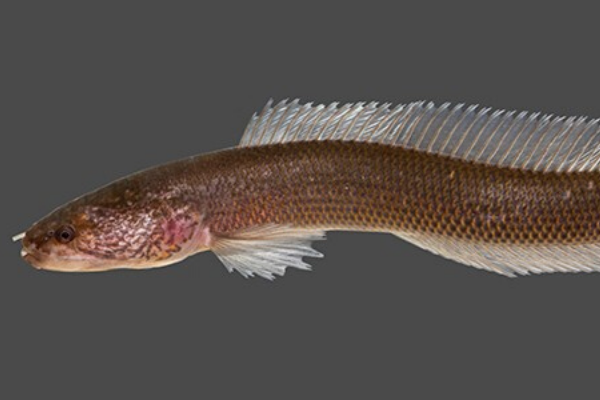
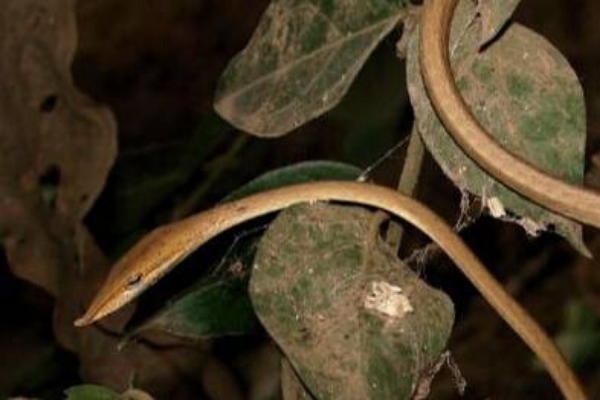

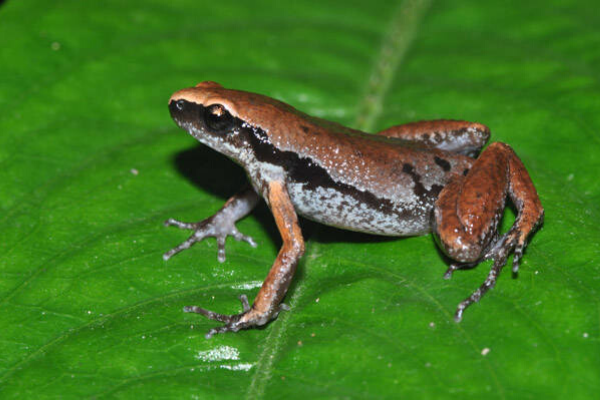
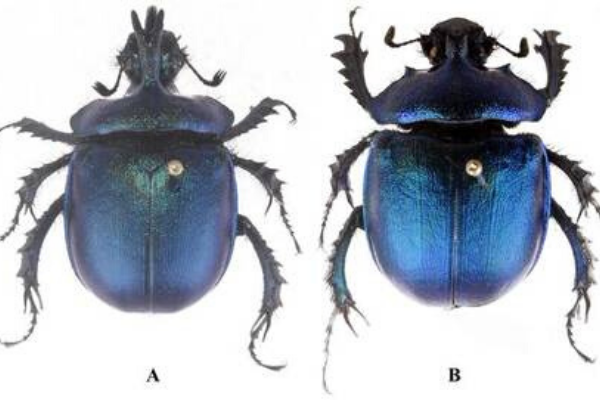
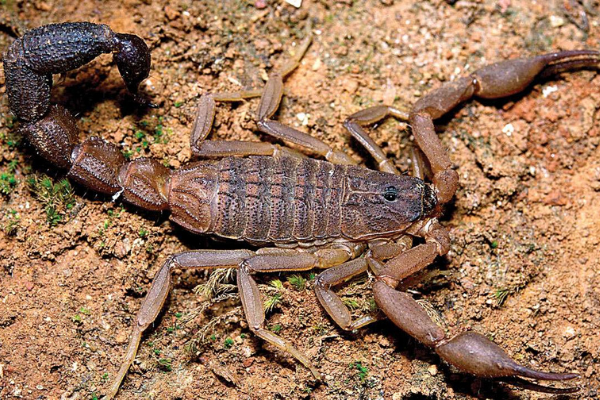

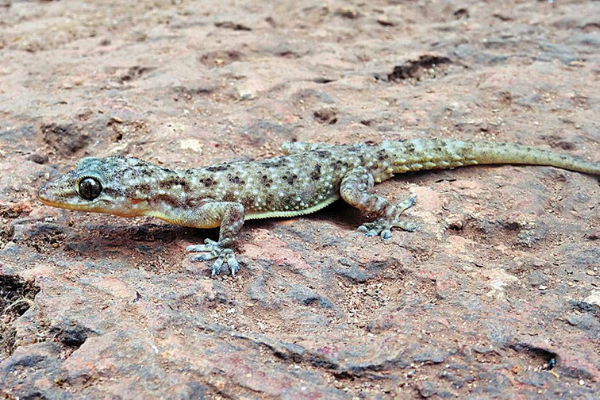


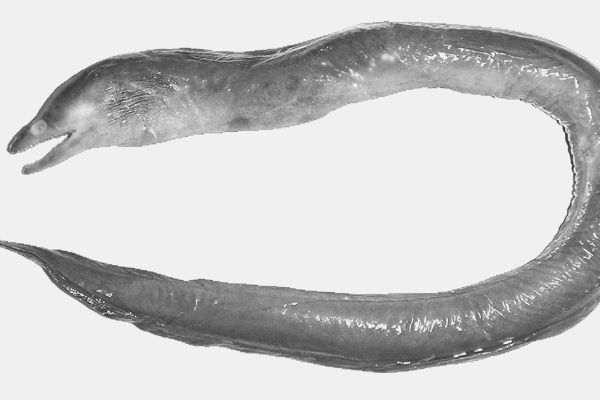
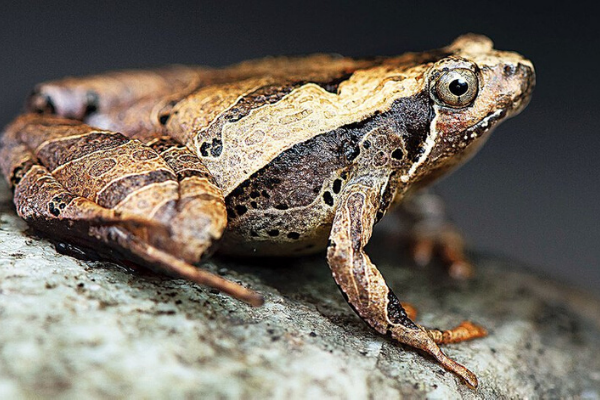
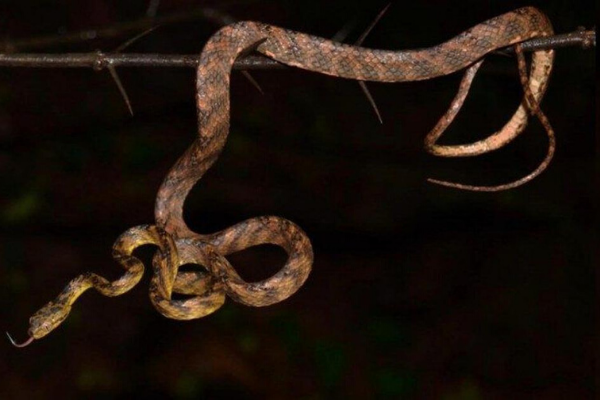
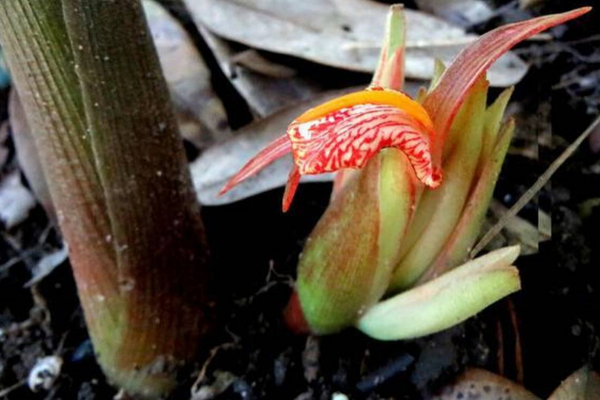


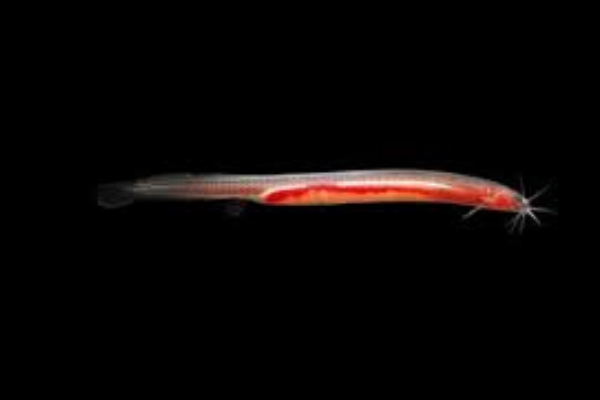



Read More: The Tree That Oozes Dragon Blood seen for the First Time in India





